In Japan, business meetings are not just talks—they are a reflection of deep-seated cultural values and social norms. Knowing business meeting etiquette in Japan can be the key to sealing a lucrative partnership or unknowingly offending someone. In this article, we will boil down the key etiquette rules you must follow to master Japanese business meetings. Keep reading to ensure your next meeting leaves a lasting positive impression!
9 rules of business meeting etiquette in Japan
When conducting business in Japan, cultural customs are just as important as the deal. Even though Japanese professionals are often aware of Western business practices, showing them respect for their heritage can make you authoritative and set up more enduring relationships. Below are 9 Japanese meeting etiquette guidelines to assist you in creating a positive impression in any business meeting.
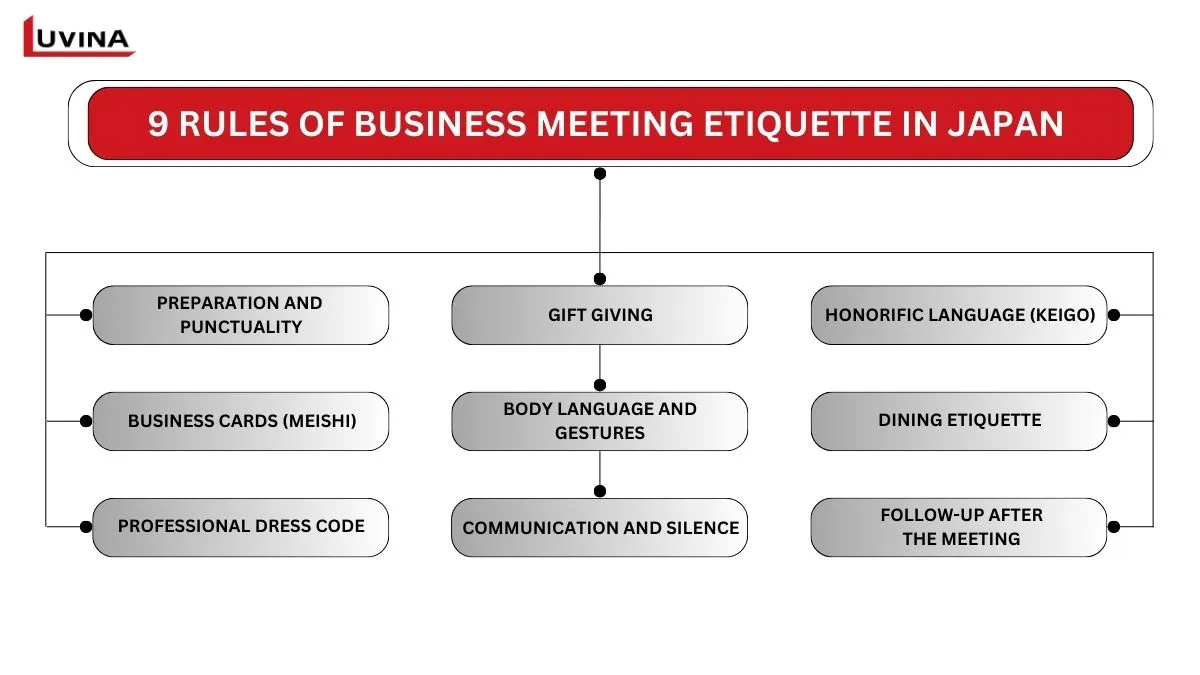
1. Preparation and Punctuality
Japanese culture places great value on punctuality. Japanese meetings typically begin on time, even to the minute, in some cases. Tardiness could be interpreted as irresponsibility or lack of commitment, so the best possible option would be to prepare and try to reach at least 10 to 15 minutes before the scheduled time. If you’re meeting in a city like Tokyo, where public transportation is highly reliable, account for potential delays and have a backup plan to ensure you’re on time.
Thorough preparation is essential. Having a prior agenda scheduled allows everyone to be well-prepared, which results in a smoother and better-organized discussion. Because language differences often prove to be an issue, explaining the agenda in advance gives your Japanese counterparts some time to learn and translate key points.
In addition, carry sufficient business materials like brochures and business cards, which should be stored neatly in a professional cardholder. These will demonstrate your professionalism and respect for Japanese business culture, setting the stage for a productive and successful meeting.
2. Mastering the Art of the Business Card Exchange
In Japan, business cards, or meishi, are not just contact information—they are a symbol of professional and company identity. BSwapping business cards is thus a formal ritual that is part of formal Japanese business etiquette in business meetings.
When swapping business cards in Japan, you must always do so using both hands and present your card in front of the Japanese side facing upwards. When doing this, lean forward slightly in a bowing motion as a gesture of respect. The transaction will typically be in order of seniority, with the senior members giving their cards to them first. As you receive a card, scan it and nod in acknowledgment of the individual’s title and company. Instead of taking it away immediately, place the card tidily on the table in front of you for the duration of the meeting. This not only demonstrates respect but also helps to remember names and titles.
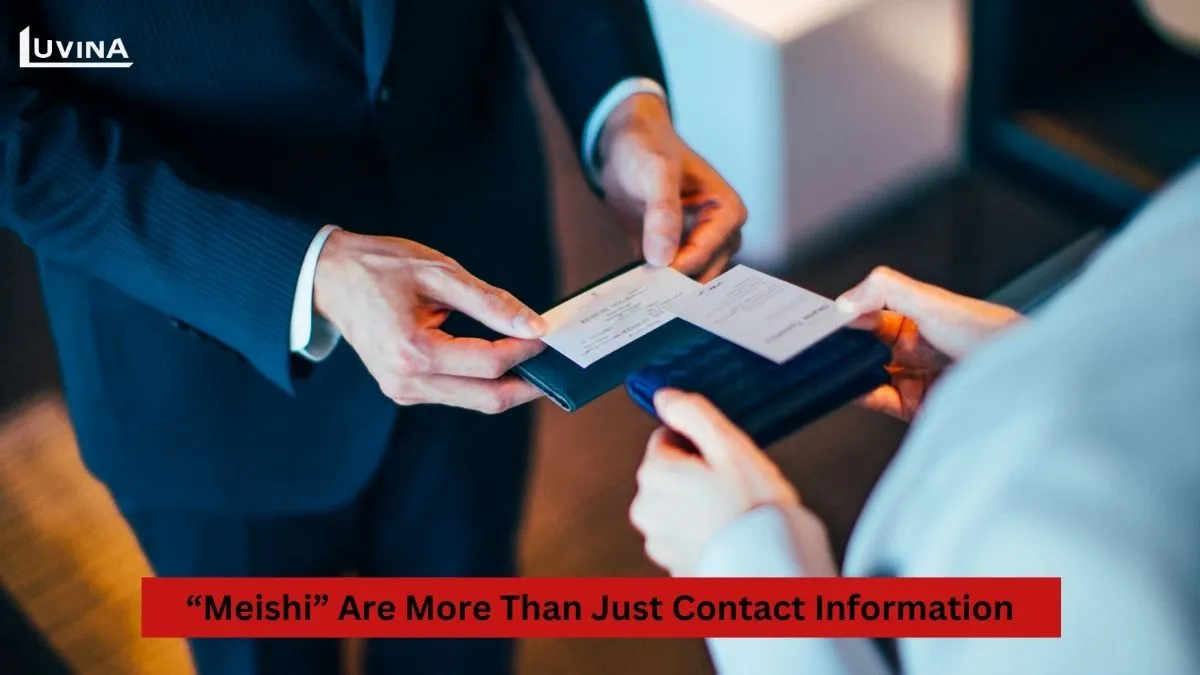
Because business cards are so important to Japanese corporate culture, it is best to carry an adequate amount with you. Cards that have good quality and both English and Japanese language printed on them are desirable since they reflect professionalism and respect for your Japanese counterparts.
3. Professional dress code
Dressing in kind is part of conducting international business etiquette in Japan, which signifies professionalism, respect, and knowledge of business culture. The norm for women and men is a black suit in the majority of ordinary business settings. Although startup companies and creative companies might embrace relaxed dress policies; a suit is the ideal choice to create the right impression.
- For men: A conservative, well-fitted suit with a tie is expected, though ties may be optional in the hotter months. Sideburns, facial hair, etc., have to be trimmed cleverly, as clean-shaven faces are more acceptable in business etiquette in Japan.
- For women: Well-tailored suits, skirts, or slacks of subtle colors are acceptable. No overpowering accessories, perfume, or colored handbags. Properly styled hair and an elegant but modest appearance is a good idea.
An important rule of Japanese meeting etiquette is handling outerwear correctly. Coats and jackets should be removed before entering an office or meeting room and carried over the arm rather than worn inside.
4. Gift Giving
Business meeting etiquette in Japan views gift-giving as a symbol of goodwill and a means of building a relationship with professional contacts. A little, considerate gift—ideally one from your home country or corporate headquarters—will be appreciated. Per Japanese cultural expectations, individually wrapped sweets are especially appreciated in the food and beverage business.

As is the gift, presentation counts critically. You should put presents in a small bag and wrap them nicely. When giving a gift, use both hands as a sign of respect, and the receiver should also take it with two hands. Opening presents inside the session is not considerate; after the session has ended is better. Later sending a thank you note also shows gratitude and consideration.
Being aware of proper business etiquette in Japan also includes cultural taboos regarding gift-giving.
- – Certain flowers, such as lilies, lotus flowers, and camellias, are employed during funerals and should be shunned.
- – Potted plants may be unlucky.
- – Gifts in sets of four or nine are not auspicious.
Additionally, red should be avoided when sending Christmas cards, as it is traditionally used for funeral notices.
5. Body Language and Gestures
You have to know non-verbal communication to show respect and professionalism when it comes to Japanese working etiquette. Unlike Western cultures in general, greeting is the standard when it comes to salutation, and the direction of the bow indicates the levels of respect. A light 15-degree bow will do when it comes to informal interaction, but for business, a 30- to 45-degree bow is standard. Upon meeting them, it is proper to imitate the bowing of their hosts, even on sending them off at the elevator.
Seating in a meeting room also takes place on a hierarchical basis, and it is best to wait until you are led to your seat. When talking, do not focus all your energy on the most skilled English speaker, as they are not necessarily the oldest person in the room. Business meeting etiquette in Japan values respect for seniority and hierarchy, and an understanding of this order can go a great distance in creating more positive relationships.
Additionally, certain body language habits common in Western cultures should be moderated:
- – Handshakes are not as common as bowing, and Japanese people usually only shake hands with foreign partners. The handshake should be done with a light grip.
- – Physical gestures such as back pats or making excessively exaggerated facial movements could annoy Japanese business associates
- – The American “OK” sign, done with the index and the thumb forming a circle, is interpreted to mean money, not agreement.
- – Laughter, which is often mistaken for amusement, really shows discomfort or shame.
In addition, it is best to avoid making a comment about any individual, including business competitors or coworkers, as harmony and courtesy are highly valued in Japanese business.
6. Communication and Silence
More than words, effective Japanese corporate communication includes subtlety, body language, and careful silence. Japanese meeting etiquette requires you to be observant of small signs including tone of voice, facial expression, and quiet. Indirectly such phrases as “It’s difficult” or “We will think about it” rather than clear rejection of a demand, are frequently employed to maintain harmony and prevent conflict. This is a tactic to encourage friendly relationships and keep fighting down.
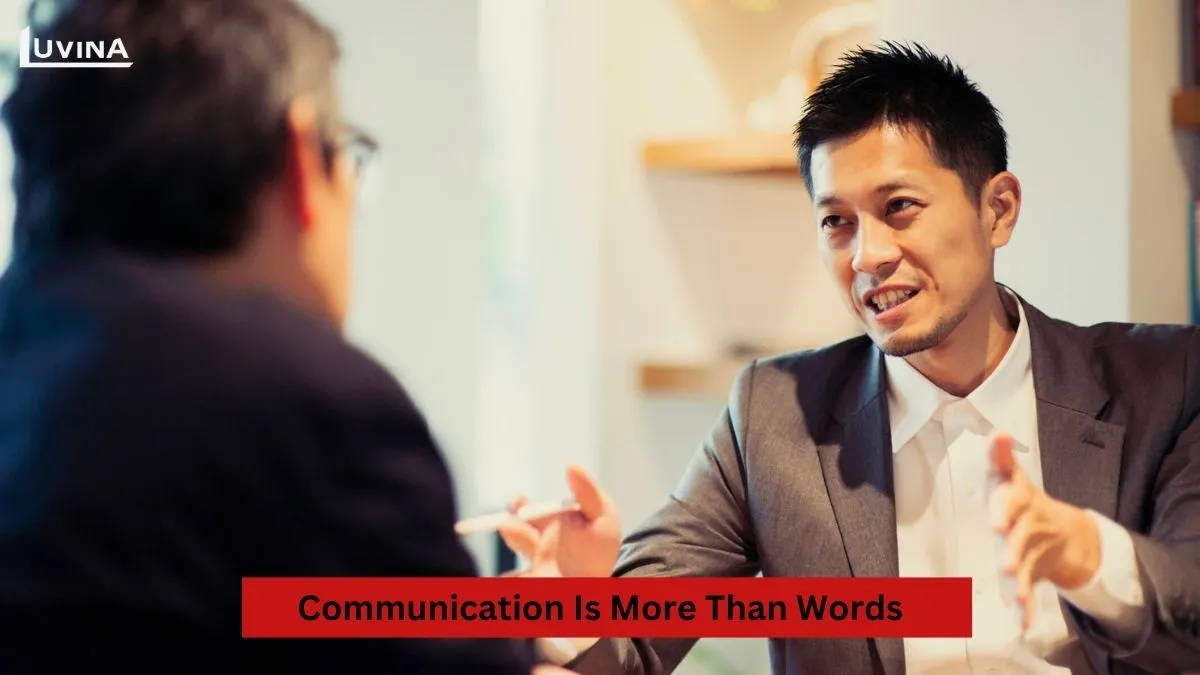
Japanese communication is centered on the ability of “kuuki yomu” (空気読む), which means to read the air,” to grasp what has not been said or hinted at verbally in a discussion. People in the business world are trained to read between the lines more than to rely on clear language.
Japanese corporate society also places great importance on silence. Quite in Western situations, where silences are filled, silence will usually mean consideration, respect, or a chance for further reflection. Better let Japanese contacts have room to ponder conversations at their own pace than to see quiet as rudeness or disinterest.
7. Honorific Language (Keigo)
In professional Japanese culture, proper usage of honorific words, referred to as Keigo (敬語), is a central aspect of professionalism and respect. Mastery of the use of proper honorific words (Keigo) is more than an assessment of politeness but is also required for the propriety of business meeting etiquette in Japan.
Keigo is divided into 3 primary forms:
- – Teineigo (丁寧語) – polite language
- – Sonkeigo (尊敬語) – respectful language
- – Kenjougo (謙譲語) – humble language
For example, the verb “to give” (あげる – ageru) in Teineigo is rendered as あげます (agemasu), while in Sonkego it is rendered as 差し上げる (sashiageru) when referring to a person of higher status, say a client or superior.
Also, the polite greeting of people is another significant aspect of Keigo. In Western cultures, first names are employed, but addressing a person by name in Japan is reserved for close friends or close relationships. The Japanese use surname + san (Tanaka-san) when addressing someone in formal business situations to express respect. But Japanese businesspeople may employ it by addressing foreigners by first name + “-san” (John-san) or Western-style Mr./Ms. +surname as a term of respect.
8. Dining Etiquette
Because Japanese business meeting etiquette extends beyond the business setting, understanding meal traditions can easily enhance professional communication.
At a business dinner, always wait until the host picks up the eating or drinking first before you do. If using shared dishes, serve yourself at the opposite end of your chopsticks if there are no community utensils present. Never leave chopsticks in a bowl of rice upright as this is funeral-like, nor should you pass food directly between sets of chopsticks for the same reason. Instead of this, place food on the other person’s plate.
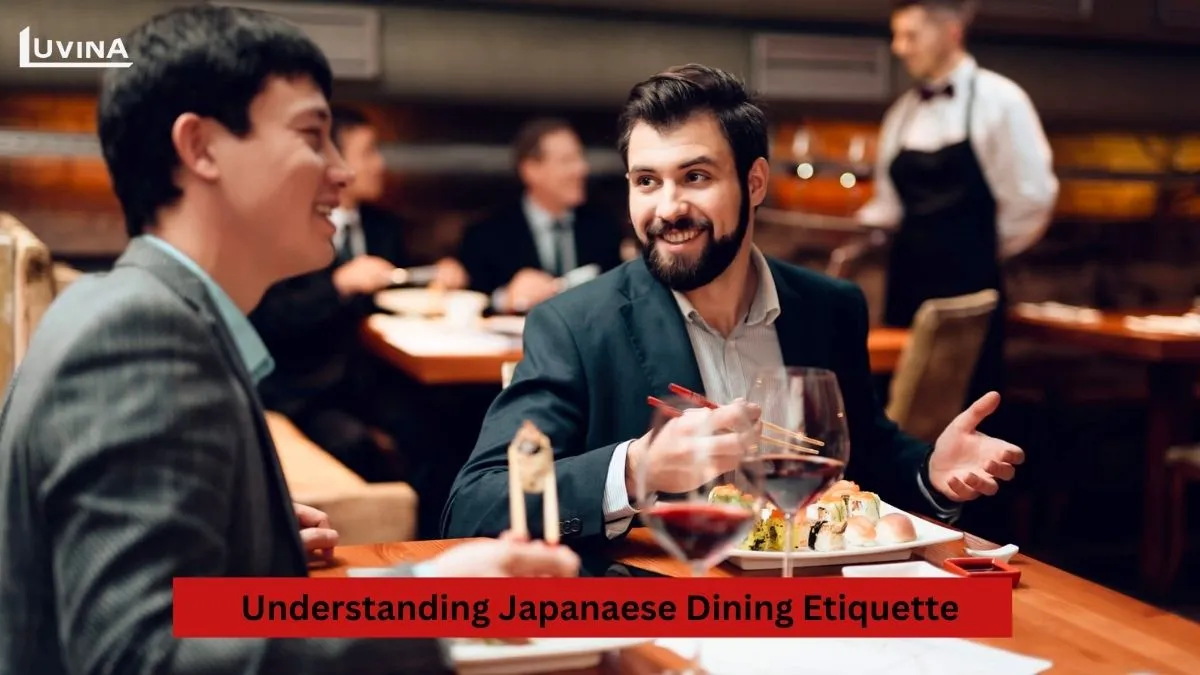
Drinking manners are also a must. It is courteous to pour for others, but not for yourself, and when someone offers to pour you, accept the glass from them with both hands as a gesture of appreciation. And slurping the noodles is not only allowed but appreciated too, for it means that you enjoy what you are eating. Once finished, leave where you were—the practice of leaving chopsticks on the rest and lids on the serving dishes is respectful and courteous of the food.
9. Follow up after the meeting
The value of following up after a conference is absolutely to be emphasized in business meeting etiquette in Japan. Following the meeting, it is essential to show in person or in a formal thank you note gratitude for the ideas and time given. A thoughtful note should clarify major points discussed, outline action items, and assign deadlines for follow-up activities.
If presents were swapped throughout the meeting, please commemorate them in your follow-up correspondence as a mark of respect and courtesy. Further, people normally bow a little bit as a sign of thankfulness when they exit the room. Good follow-up shows professionalism as well as a dedication to developing good business contacts.
Knowing business meeting etiquette in Japan is essential for creating good first impressions and establishing long-lasting professional connections. Obeying these fundamental laws will make you more ready to negotiate Japan’s peculiar corporate landscape.
However, these guidelines are just the beginning. If you’re planning to enter the Japanese business market, our bilingual consultants at Luvina with over 20 years of experience are here to help guide you through market entry, localization, and more.
Need expert guidance on Japanese business culture? Let Luvina’s bilingual consultants help you navigate meetings, partnerships, and localization. Contact us today!
FAQ
How should I present my business card in Japan?
Always use both hands, face the Japanese side up, and bow slightly. Never toss or slide a business card across the table.
What should I avoid in a Japanese business meeting?
Avoid interrupting, excessive hand gestures, and being too direct. Silence is often used for contemplation.
Is it necessary to bow in Japanese business meetings?
Yes! Bowing is a sign of respect. The deeper the bow, the more formal the greeting.
What are some common dining etiquette mistakes in Japan?
Here are some common mistakes that foreigners may make during meals in Japan:
– Leave the chopsticks sticking upright in a bowl of rice.stom API solutions? Contact us now and get a FREE consultation!
– Point your chopsticks at someone or wave them around over food.
– Point with your chopsticks to indicate dishes you find particularly appetizing.
– Suck sauces off your chopsticks or rub them together
– Stab food with your chopsticks.
market entry. Contact us today! process and help you scale. Contact us today!








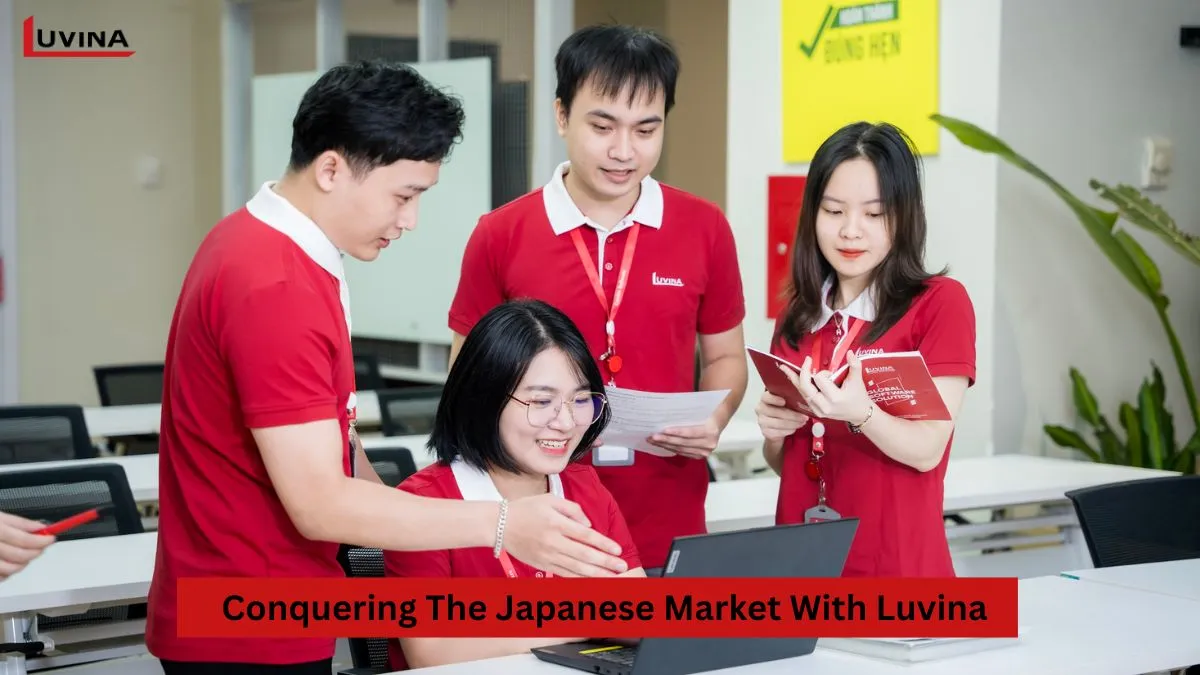
Read More From Us?
Sign up for our newsletter
Read More From Us?
Sign up for our newsletter